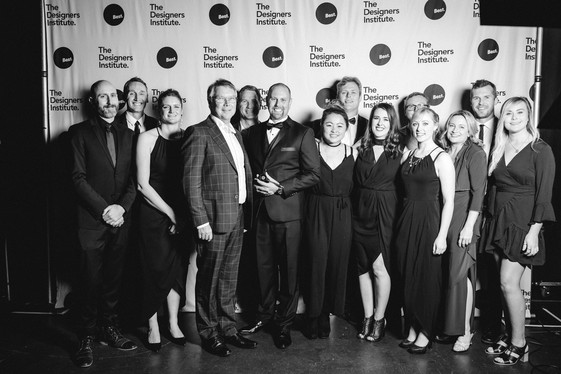Chris, congratulations to you and your colleagues on winning this award. Shall we have a quick recap on the genesis of Fisher & Paykel Healthcare for those perhaps familiar with the fridges, ovens and washing machines, but less familiar with the hospital, homecare and surgical products?
Thank-you. We are honoured and privileged to be acknowledged with this award. Fisher & Paykel Healthcare became a listed company, separate from Fisher & Paykel Appliances, back in 2001. We’ve been two entirely distinct companies since then, and we don’t share design resources.
That said, we do have many decades of shared history, including the utilisation of some F&P Appliances motor technology which helped establish some of our earlier products. What we also have in common are company founders who had a relentless commitment to solving problems in the appliances business, and they applied that knowledge to improving outcomes for patients.
We still both have a culture of original thinking and immersive experiences which leads to the innovative solutions required to create better products, processes and practices.
Here's a general question – if you could name a couple of factors at FPH that have contributed to innovation through design what do you think they would be?
I would say, a fundamental belief of doing what is best for our patients and collaboration – using a multi-disciplined diverse team approach, while evolving and validating our ideas with our end users. That combined with having an underdog mentality, where we are driven to deliver innovative products that address a real need and ultimately changes clinical practice.
You’ve been designing successful products and services consistently across decades, but what are the challenges of today?
There are always new challenges and we are never complacent about being competitive. Being in such a heavily regulated industry brings its own challenges, however, ultimately the aim is to reduce healthcare costs and improve patient care and outcomes by minimising the burden on the healthcare system. Our continuum of care aims to reduce the intensity of care in the hospital, such as from intensive care units to the hospital ward, and ultimately to provide treatment in the home where the patient can remain independent in a more comfortable setting. This places less burden and cost on the healthcare system, whilst still providing optimum treatment to the patient. To do this we need to develop and evolve therapies and ultimately change clinical practice, and this is without doubt the biggest challenge we face.

